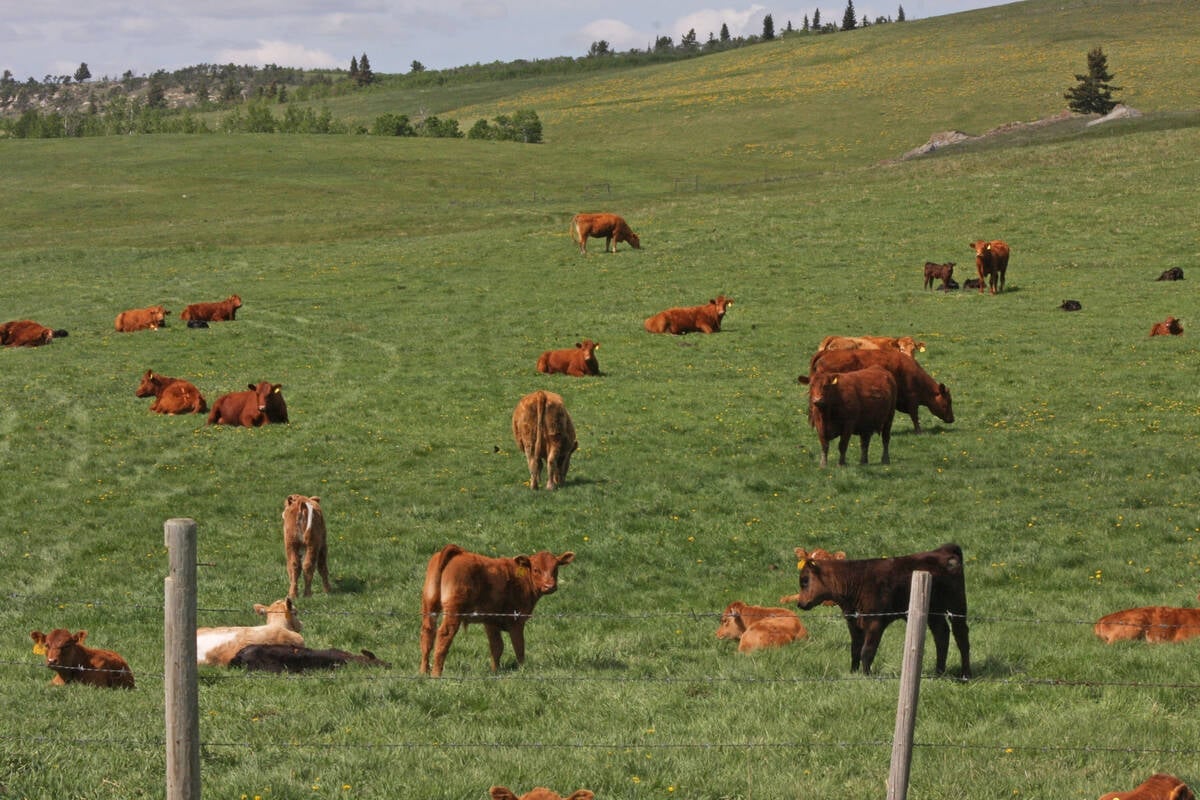CALGARY — Various Canadian agricultural commodity groups have praised results of the United States-Mexico-Canada Agreement, noting it preserved an existing export relationship and limited the trade uncertainty generated by renegotiation of the North American Free Trade Agreement.
And if the dairy industry had to allow access to 3.5 percent of its market, was that really so bad?
“It’s not 3.5 percent,” said Yves Leduc, director of policy and trade for Dairy Farmers of Canada. “Three point five is the Canadian government estimate. We arrive at something slightly higher. We’re talking about 3.9 percent.”
Read Also

Livestock leads Canada’s farm economic outlook
Forecasts by a major Canadian farm lender featured good and bad news on the financial health of both farmers and Canadians at large.
“You cannot look at the outcome of USMCA in isolation of other trade agreements that have been negotiated and that are being implemented.”
Adding the dairy concessions made in the Comprehensive Economic Trade Agreement with Europe (CETA) and in the Comprehensive and Progressive Agreement for Trans-Pacific Partnership (CPTPP), Leduc said Canada’s dairy industry is clearly the biggest loser.
“We’re estimating that by 2024 we’ll probably see around 18 percent of our milk and dairy product consumption being supplied through imports. Eighteen percent isn’t a tiny bit.”
Leduc said Canadian dairy producers expect an annual loss of about $190 million in milk sales as a result of the USMCA. Across the three trade agreements, he said the amount of milk displaced would roughly represent the milk production from 916 average Canadian dairy farms (85 cows each).
“The impact will be felt across the country and it’s the dairy farming collectively that will be bearing the impacts, and the processing sector as well,” Leduc said in an interview during the Nov. 21 annual meeting of Alberta Milk.
Canada conceded access for 14 milk or dairy product categories in the deal and import access will phase in over the next 19 years. However, the first six years will see about 90 percent of the total access conceded, Leduc said.
The federal government has promised compensation to dairy farmers and has struck one working group to figure out mitigation strategies and another to develop a vision for the Canadian industry.
Leduc said direct payments are one compensation possibility.
“We’re hearing a lot of farmers thinking that direct payments would be the best way to provide support to the farmers, (as opposed to) new investment measures that could help foster investment on farm, in part because some will tell you, ‘well, the investment measures do no good to me because I don’t have any money to invest.’ ”
A $250 million federal government program developed to compensate dairy farmers for concessions in CETA involved funds to update farm technology and production. Another $100 million was available to help farmers modernize operations or expand their product lines.
Tom Kootstra, chair of Alberta Milk, said earlier this month that those programs didn’t necessarily compensate all producers for the overall losses the industry will incur.
The full text of the USMCA is yet to be finalized, though Leduc said officials are working toward a Nov. 30 deadline, after which the three member countries can sign it.
Each will then have to ratify the deal, a process expected to be straightforward for Canada and Mexico but might face delay in the U.S. if the Democrats, now in control of the House, decide to delay or oppose it.
Leduc speculated that, at the earliest, the USMCA would come into effect in the third or fourth quarter of 2019.
















